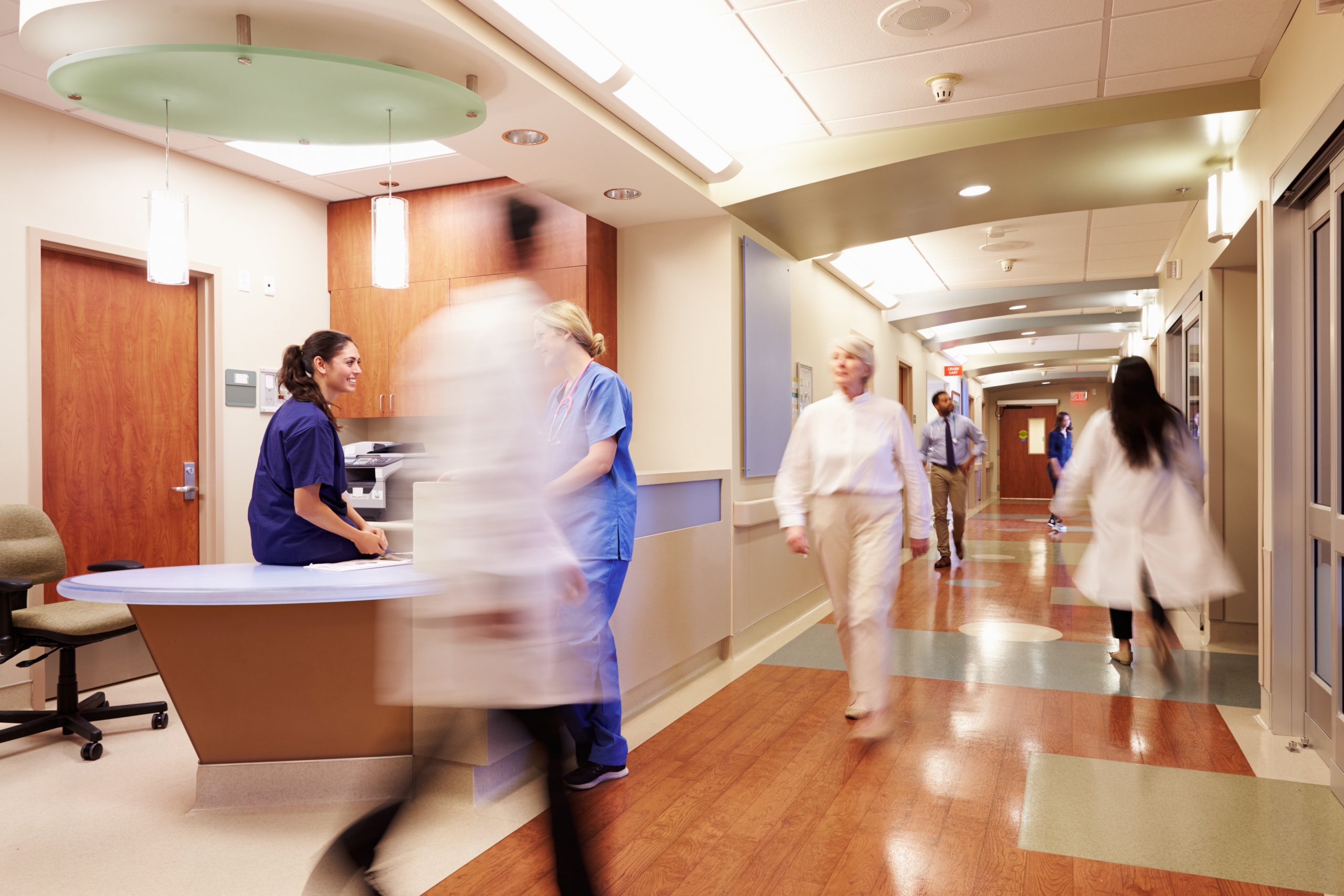
Hospital Cleaning Best Practices
According to the Centers for Disease Control and Prevention (CDC), 1 in 31 hospital patients has a healthcare-associated infection (HAI) everyday. A sanitary environment is an essential element of infection prevention. Housekeeping in hospitals needs to be consistently high-quality. By focusing on cleaning best practices, hospitals can help keep patients and staff safe.
1. Consistent Routines and Policies
Hospital housekeeping staff must be well-trained in performing their duties on a regular schedule. Every hospital needs written cleaning procedures that define responsibilities for each area with clear standards and frequencies. Outline daily and terminal cleaning routines as well as methods for disinfecting contaminated areas. Health care facilities need a system to monitor and review environmental cleanliness continuously.
2. Correct Glove Use
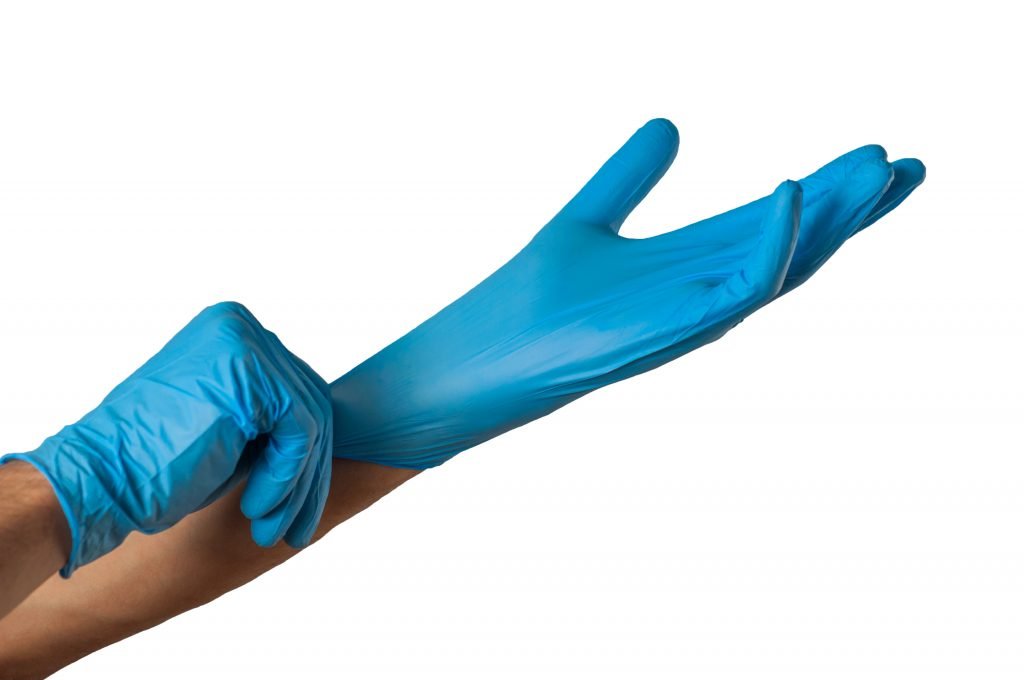
In general, personal protective equipment is meant to guard against contamination. However, improper use of gloves can spread HAI-causing microbes around the facility.
Implementing the following best practices can reduce risks:
- Always change gloves between rooms
- Never wear them in hallways
- Wash hands immediately after removing gloves
- Assign different gloves for different tasks
3. Regularly Disinfect High-Touch Areas
Include the most-touched surfaces in the disinfection schedule. When more people touch something there is a greater likelihood of spreading germs.
Regularly sanitize the following high-touch surfaces:
- Bedrails
- Doorknobs
- Phones
- Light switches
- Remote controls
4. Take Your Time
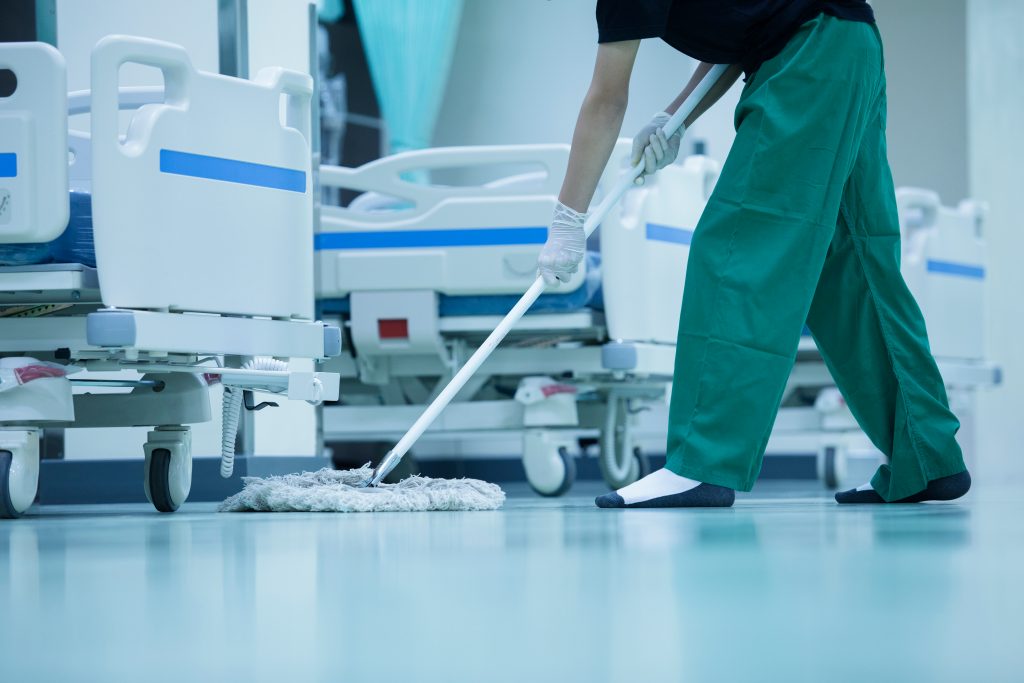
Too often housekeeping staff feels pressured for quick turn around. Instead, hospitals should emphasize thorough and efficient cleaning practices. For chemical disinfectants to be effective, they must remain on the surface for the manufacturer-recommend dwell time. This requires hospitals to employ adequate staff to meet disinfection standards.
5. Avoid Cross-contamination
There is a chance the cleaning crew could carry microbes on their clothes, shoes, or hands from one area to another. Hospitals should instruct their cleaning crew to start in the rooms with the healthiest patients and then go to the wards with more contagious patients. It’s also important to schedule restroom cleaning last. Use different rags and mops for different areas. Dispose of cleaning materials where they are used rather than carrying them around the facility.
6. Minimize Air-borne Contamination
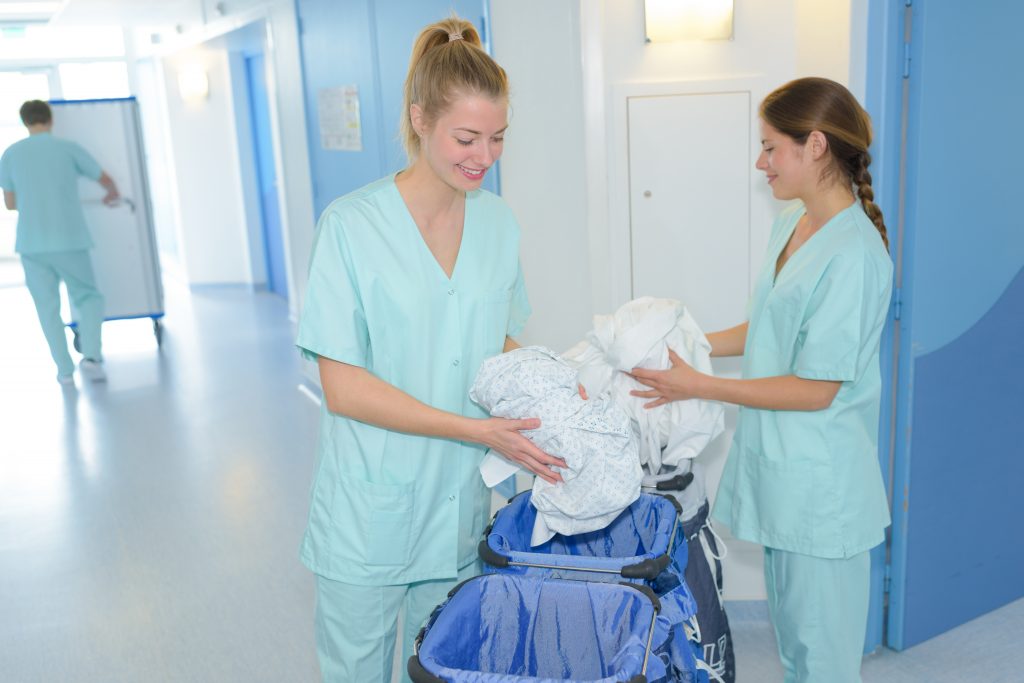
Shaking sheets and blankets can throw microbes into the air to resettle on other surfaces. Train cleaning staff to roll soiled linens away from their body and place them gently in laundry bins. When changing the trash liners, tie the bags without releasing any excess air. This traps air-borne contaminates in the bag. Attention to detail is pertinent.
Implementing these hospital cleaning best practices can reduce the spread of disease-causing microbes and lower risk of HAIs in healthcare settings.
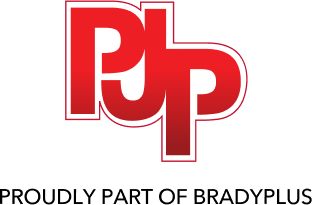





Write a Comment